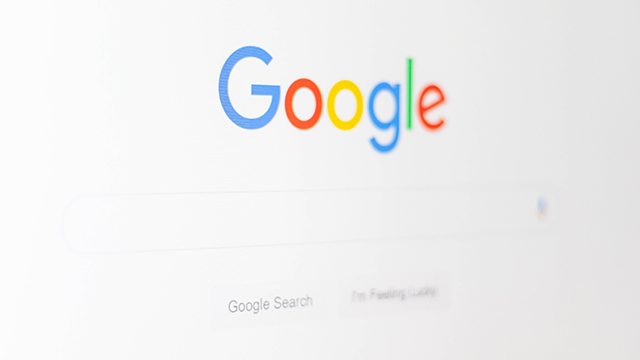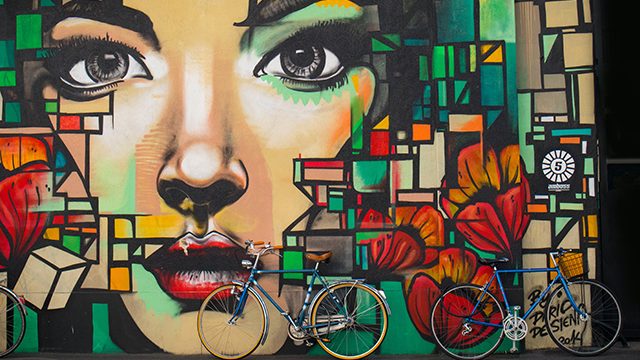Since webmasters or business owners often don’t have enough time on their hands to devise fruitful SEO strategies and keep a close eye on how they are working, changing and fine tuning them from time to time, they tend to hire someone competent to do the job. If you are looking for an SEO consultants Brisbane, you should know certain things to make the right choice:
SEO Planning & Analysis
Your chosen SEO consultant should offer:
Analysis of your Website: There may be many reasons as to why your web pages are not indexed by the search engines. So, your SEO consultant should do a website analysis of the content and structure of your website to ensure that nothing is wrong in these aspects that might have kept the search engines away.
Statistical Tracking: Google Analytics or some other popular form of visitor analytics should be incorporated into your site. This will help you gauge your ROI, referring hits, direct hits, keywords used, and much more.
Ethical Methodology: Be sure your SEO consultant is not using any unethical or Black Hat SEO Methods. Visits and links to your site are best built organically.
Keyword Research: Your SEO consultant should help you to choose keywords and phrases that a customer is likely to use as a search string to find the goods or services that you offer. The selection of keywords should also take into consideration those words or search phrases that have a high probability of giving you a sale or ‘conversion’.
Plans for Inbound Links: Getting good quality inbound links from reputed neighborhoods will not only bring credibility to your site but also help you with link juice and an increase in the search engine rankings. So, your SEO professional should help you with plans to get such links that are relevant and will help your long term goals.
Competition Analysis: It’s not enough to focus on your plans and strategies alone. You should also have an insight into what your competitor is doing so as to beat the competition. That’s why analyzing your competitor’s website should also be a part of the package that your SEO consultant brings to the table.
SEO Consultation and Marketing Strategy: Using various avenues of internet marketing, leveraging the social media platforms, manual submission of your site URLs and Sitemap to various search engines, setting up Google webmaster tools to track the effectiveness of your SEO strategies, evaluation and revision of your Meta Tags – all these should be offered by your SEO consultant.
Ongoing Effort: Since the search engines are constantly changing or refining their algorithms to determine rankings, your SEO consultant should be willing to put a continuous effort. Remember – reaping the benefits of SEO strategies is not a one time or short-term process. Rather, it’s an ongoing process where you should be alert to make the changes as and when necessary.
Regular Updates: Unless you get an update every week or at specified intervals, you will not be able to see how well your SEO plans are working or if they are working at all. Since it’s your hard earned money at stake, you should make sure that your chosen SEO consultant is forthright with the submission of such reports to give you an overview of how the things are proceeding.
Though there are many other intricate details that you have to look out for, you can safely begin the hiring process of your SEO consultant by keeping the pointers discussed above in mind. There is always a cheap SEO packages Sydney for those small medium businesses.
Article Source: http://EzineArticles.com/4396212



